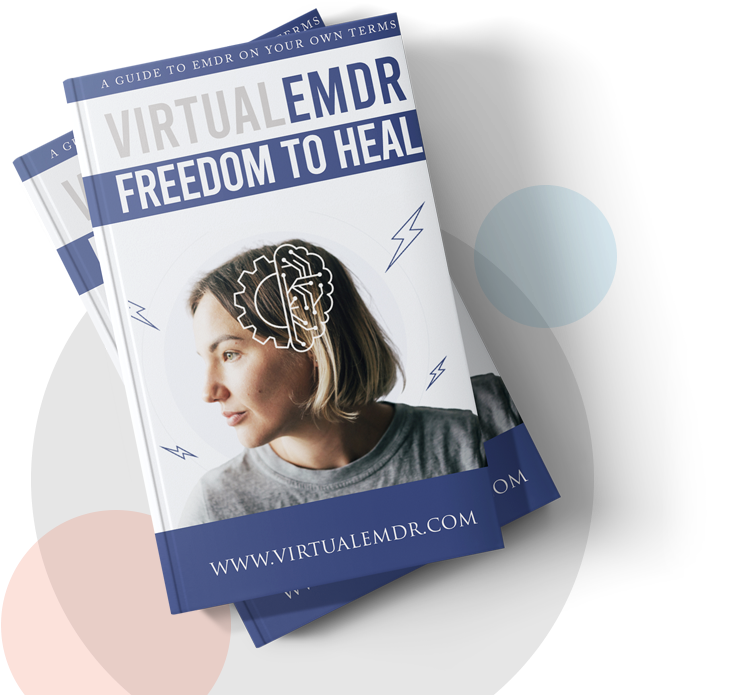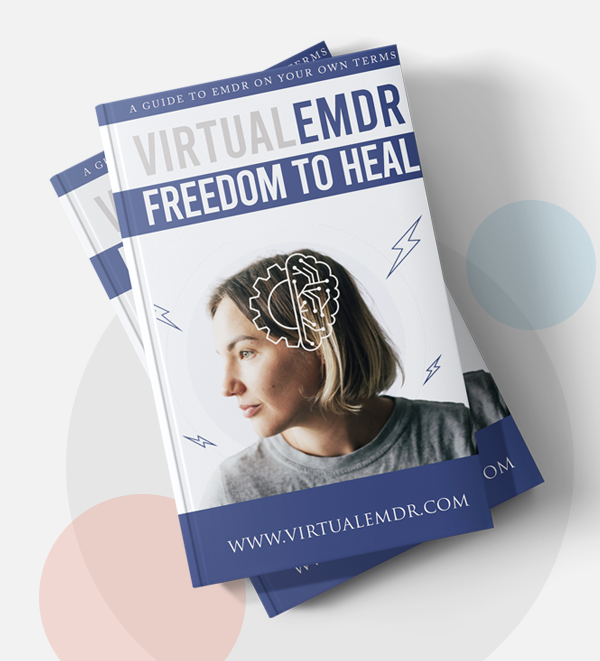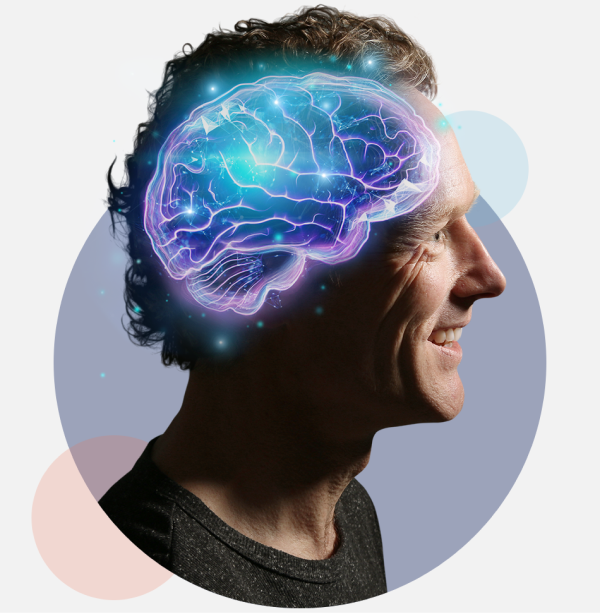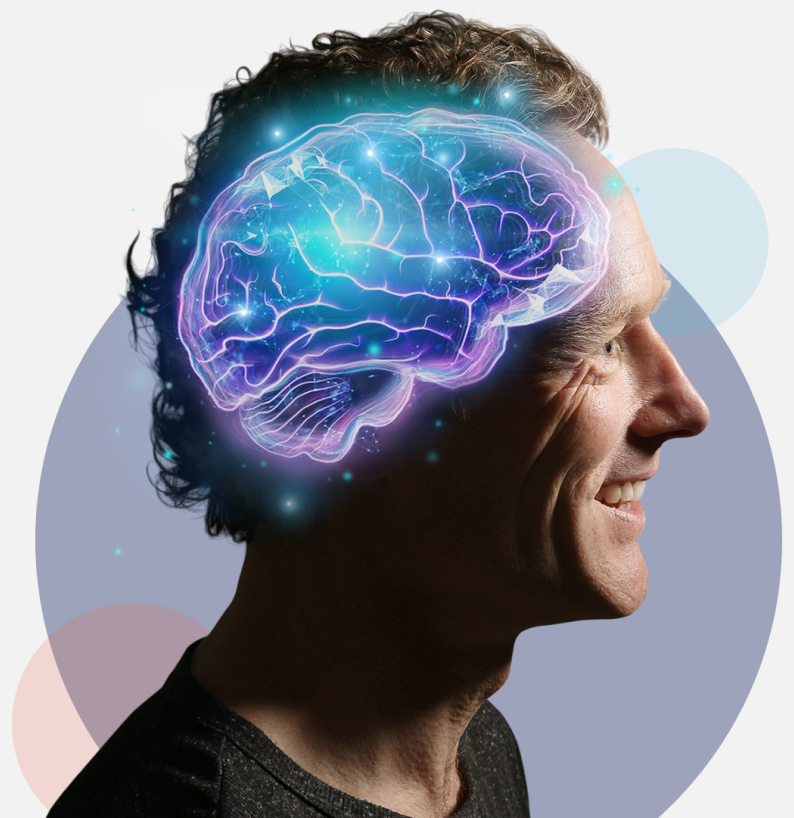Frequently Asked Questions About EMDR
How many sessions of EMDR will I need?
While this depends on each individual’s history and conditions, EMDR is consistently shown to deliver lasting results faster than comparable treatments. Many people report significant improvement – and even full remission of symptoms – after 4 to 12 sessions of EMDR.
In multiple studies single-incident trauma has been shown to be effectively processed within 3 sessions for 80% to 90% of patients.
In another study for PTSD in combat veterans, 77% no longer had PTSD symptoms after 12 sessions.
What happens during an EMDR session?
EMDR follows a tried-and-proven step-by-step process used by millions of people:
-
Preparation: Mentally and physically preparing yourself.
-
Target Identification: Finding the memory that is causing you distress.
-
Desensitization: Breaking the negative emotions associated with the Target.
-
Installation: Installing new positive beliefs in place.
-
Closing: Calming and grounding yourself to return to your day.
The structured approach of EMDR makes it easy to do using a self-guided program.
What conditions can EMDR be used to treat?
EMDR is suited for emotional disorders that are related to traumatic memories or distressing experiences. This can include Childhood Trauma, combat, personal tragedy, and relationship or other abuse.
EMDR is widely used to treat Post-Traumatic Stress Disorders (PTSD), Trauma, Depression, Grief, Phobias, Social Anxiety (Agoraphobia) and Panic Disorders. It has also been used on anger control, attachment, and body image disorders.
EMDR is not advisable for physiologically-based disorders, such as schizophrenia or bipolar disorders.
How quickly does EMDR work?
EMDR is widely known for producing rapid results. Many people report feeling a difference after their first session!
While everyone’s experience is different, many emotional conditions can be effectively treated in just a few sessions.
In reported studies, people suffering from PTSD, Single-incident Trauma, or Depression experienced significant improvement after just 4 to 12 EMDR sessions.
EMDR patients also reported greater reduction in symptoms, that is deeper effectiveness compared to other treatment.
Why is EMDR so effective?
Unlike treatments which just address symptoms, EMDR works directly on the root cause of your pain.
When traumatic events happen, your brain freezes and can’t process memories normally. These unprocessed memories get associated with anger, fear, and distress.
Unfortunately, as long as the emotional associations are not broken, you’ll experience the same pain over and over.
EMDR helps to access and process these memories. With re-programming, the root of your pain is eliminated - so you can experience true lasting freedom.
How do people feel after an EMDR session?
While everyone’s experience is unique, many people report feeling a noticeable improvement in their emotional state after EMDR: “calmer,” “lighter,” “less distressed,” “mentally clearer”. Some also report that physical symptoms (such as chronic pain) are improved. These positive benefits are often felt even after just ONE session!
Furthermore, these benefits can persist for an extended period of
Check out Virtual EMDR's Results from tens of thousands of satisfied clients!
Is EMDR scientifically tested?
EMDR is one of the most well-researched mental health treatments. Research consistently shows EMDR is:
-
More effective
-
Faster-acting
-
Longer-lasting
than other forms of treatment, including Cognitive Behavioral Therapy (CBT), medication, and traditional Talk Therapy.
Details of EMDR research studies on Combat Veterans, Trauma victims, and Depression patients are widely available online.
Does EMDR have lasting effect?
Multiple studies show that EMDR has longer-lasting effect than other treatments, including Cognitive Behavioral Therapy (CBT) and Talk Therapy.
Many people who experienced significant reduction, or even full remission, of their symptoms report that they continue to maintain this for an extended period, even after they stop EMDR. These effects often last for 6 months or longer.
EMDR's lasting effect is unsurprising because EMDR attacks the root cause of the emotional pain and permanently eliminates it at its source.
Why is it called “Eye Movement”?
EMDR works by stimulating a natural human process known as Rapid Eye Movement (REM) sleep. When we sleep, our brain is hard at work processing our recent memories. This is why we dream.
REM sleep is one of the 4 stages of sleep. It is where dreaming occurs most. Research shows that REM sleep plays a leading part in processing memories. By stimulating eye movement that occurs in REM sleep, EMDR lets us to access selected memories and re-process them.
Are there any side effects from EMDR?
EMDR is considered to be safe and has been used by millions of people around the world. After doing EMDR, some people report experiencing:
-
Heightened emotions or physical sensations.
-
Lights appearing brighter for a few minutes after their session.
-
Vivid dreams.
-
Recall of past memories and trauma.
These non-serious symptoms usually resolve quickly, some after only a few minutes.
Who developed EMDR?
The founder of EMDR is psychologist Dr Francine Shapiro. One day, while out taking a walk, she accidentally discovered the connection between eye movement and memory processing.
By controlling her eye movements, she found that she could lessen the emotional impact of her negative thoughts.
Excited, she tested this on PTSD patients – and they too experienced similar immediate results.
Thus, EMDR was born.


Free Workbook:
Freedom to Heal
Did you know that thousands of people have already done EMDR on their own? Learn their stories and how they did it.
Download eWorkbookAdditional Resources
EMDR has been extensively studied and validated through scientific research. It has been successfully used by millions of therapy clients and thousands of therapists world-wide for more than 35 years.
Here are some additional resources where you can learn more about this revolutionary treatment:
Feel Calmer in Less
Than 30 Minutes
9-in-10 people feel an improvement in their emotional state after their Virtual EMDR session – in less than 30 minutes!
Try Virtual EMDR Free


Free Workbook: Freedom to Heal
Download your FREE Workbook to help you do EMDR on your own.





